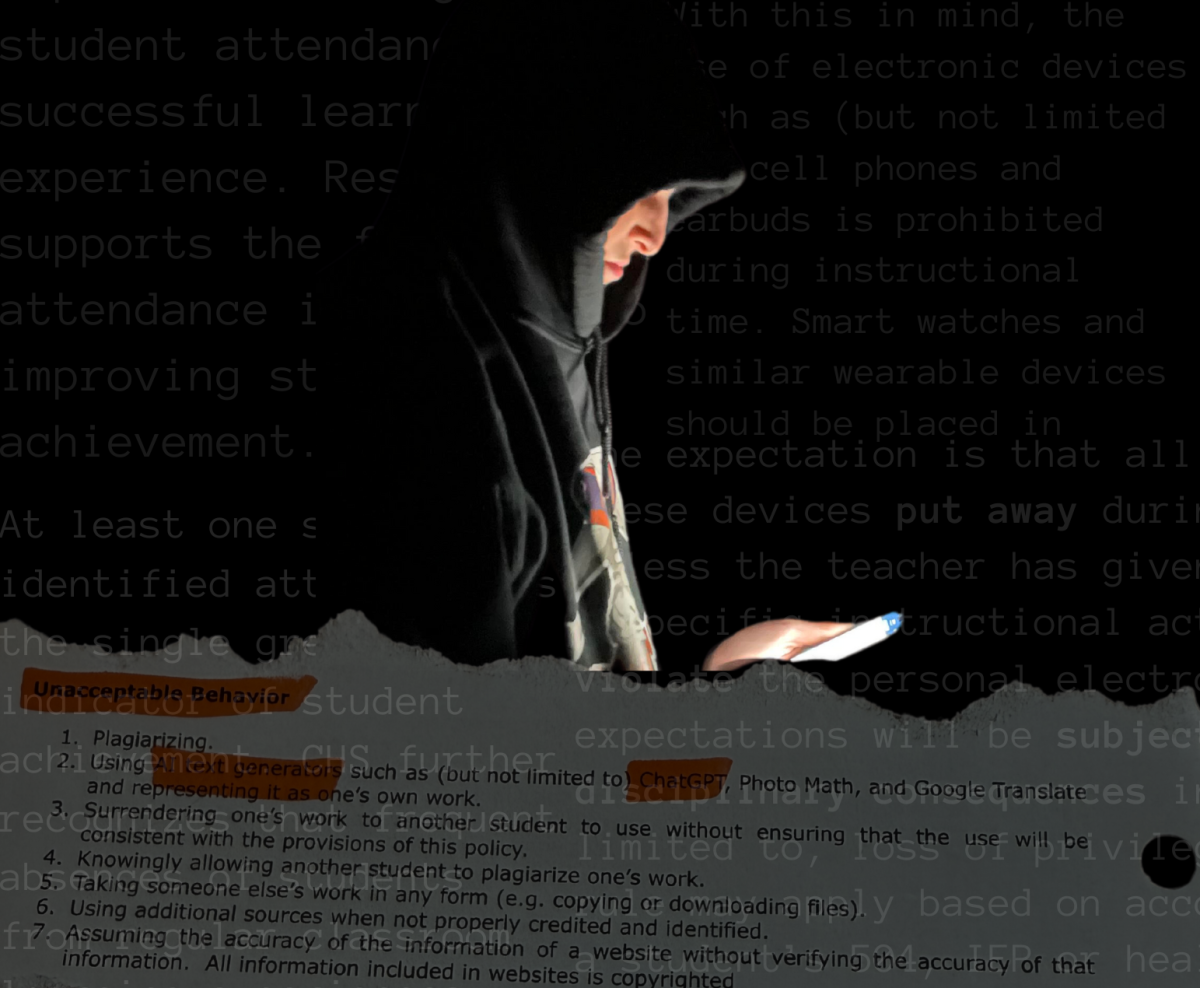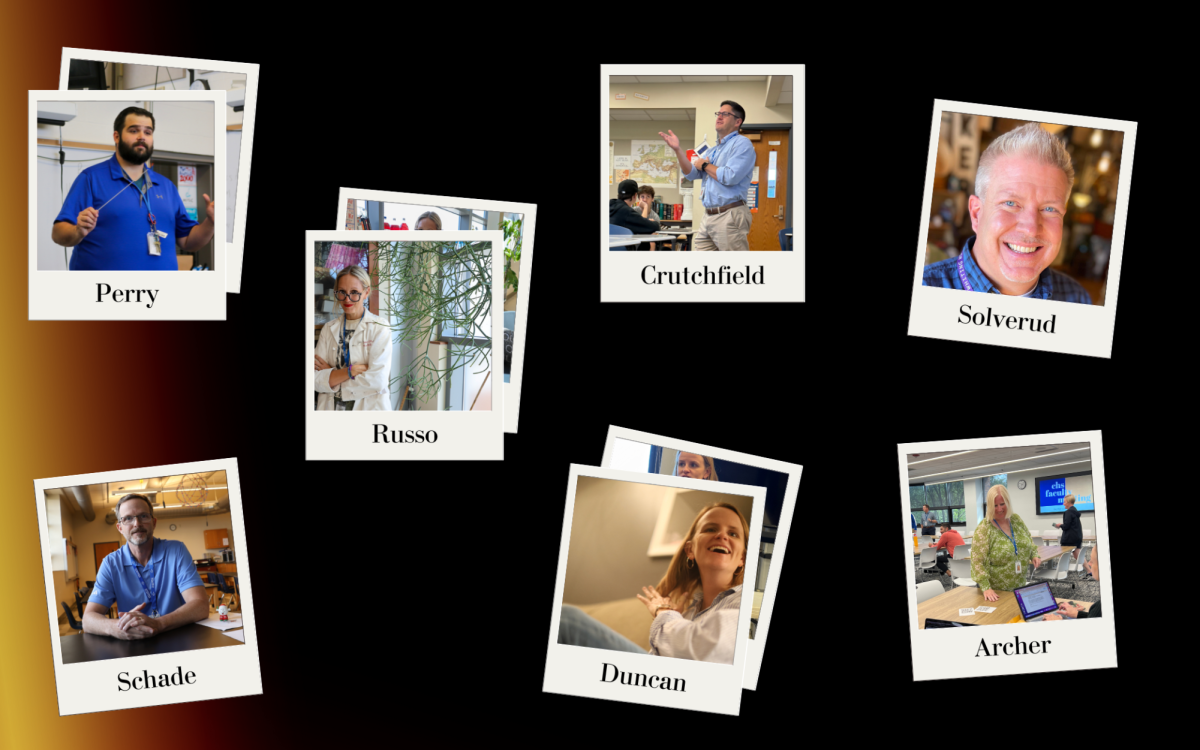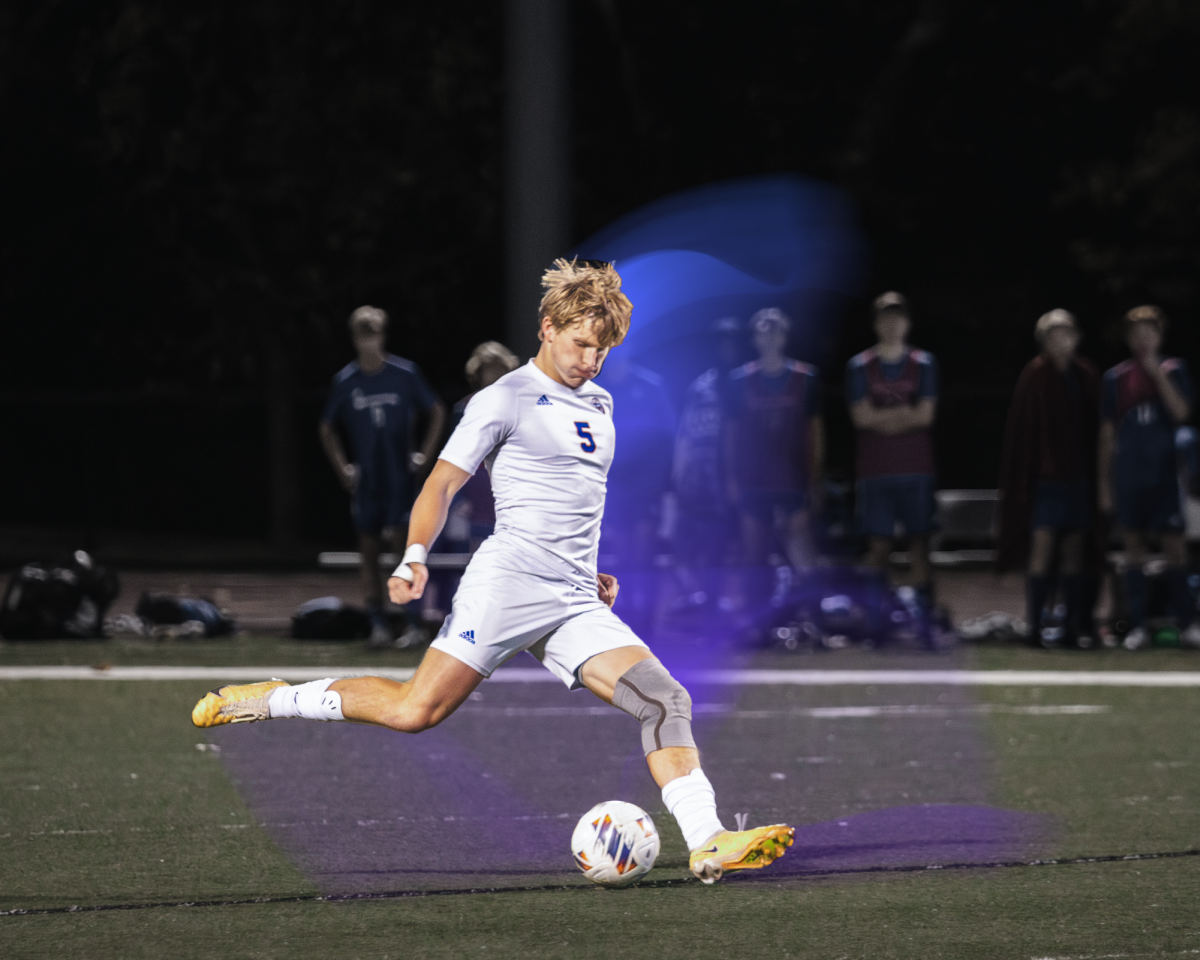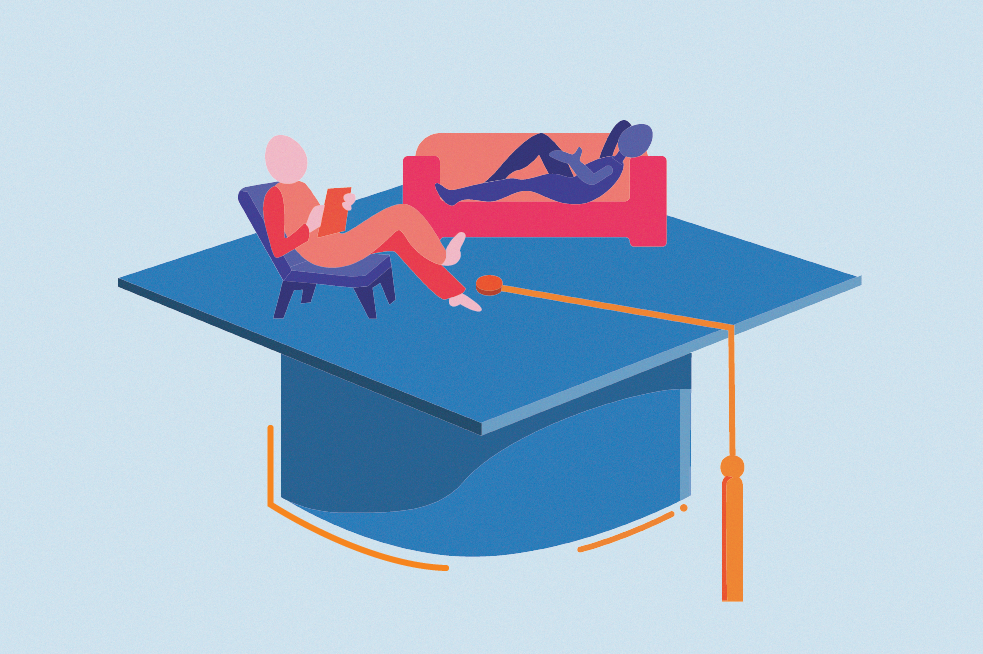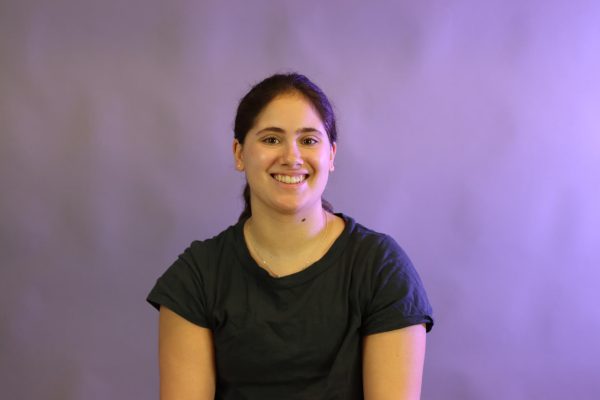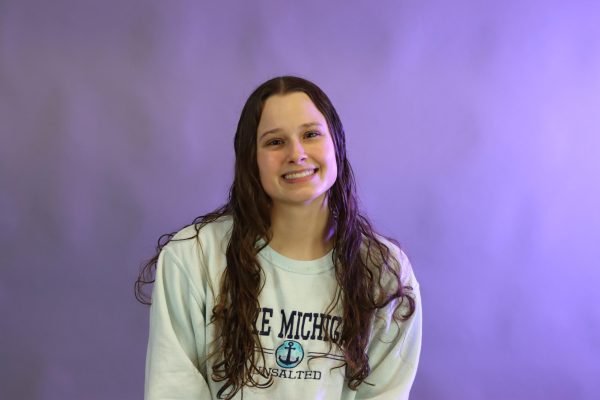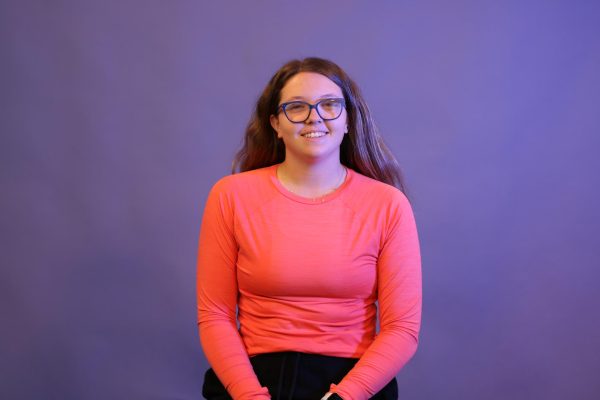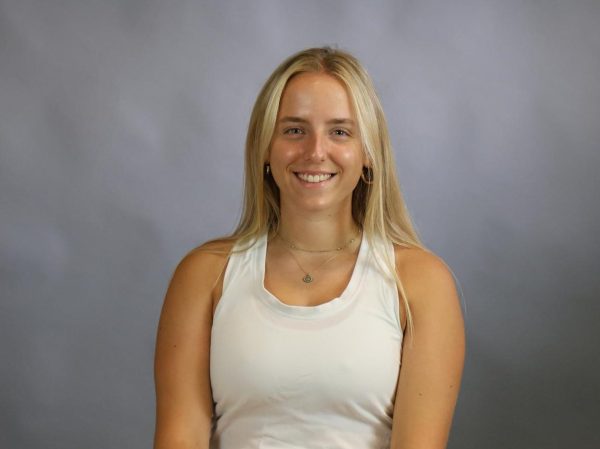According to Niche’s 2024 education ranking, the School District of Clayton (SDC) ranks 26th nationally. For many parents, this reputation extends past their offerings for typically developing children.
“We moved to the Clayton area specifically for the schools because we heard about the amazing special education program,” an anonymous Clayton parent said.
However, some parents feel that this promise has not been fulfilled for their children with disabilities.
In response to parent concerns, in 2023, the Clayton Board of Education (BOE) commissioned an investigation and report led by Special Education Consultant and Director of Special Programs in the Kirkwood School District Thurma DeLoach. The report and findings were presented to the BOE in February 2024 after parent surveys, town halls, listening sessions and interviews.
Following the BOE presentation, the St. Louis Post-Dispatch published an article detailing parent concerns about the partnership between SDC and Special School District of St. Louis County (SSD), which provides special education services in the SDC, as in all St. Louis County school districts.
Many parents felt the article, headlined, “Clayton parents say Special School District is failing their kids. They want Clayton schools to step up,” dramatized parent concerns and placed blame on teachers rather than higher-level administrators.
In addition, many teachers felt the undertones of the article attacked their work ethic and care for their students.
Due to these struggles, community members need to understand and empathize with the profound struggles of special education parents, students, teachers and administrators working within a system designed to educate typically developing children.
Connection
The COVID-19 pandemic uprooted education for all, posing unique issues for students of every grade level; however, learning in a virtual world was a particularly difficult time for students with disabilities.
Teachers scrambled to transition to remote learning and ran into issues adhering to student’s individualized education plan (IEP). Individual attention from trained professionals did not translate the same way through a computer screen, so parents took on these roles amid job and family pressures.
Students were expected to learn through tools like Zoom and Teams, applications unsuited to support those needing additional assistance due to disabilities. Remote learning made hands-on activities, sensory accommodations and engagement difficult. Educating students with disabilities under these conditions created a strain on parents and teachers alike.
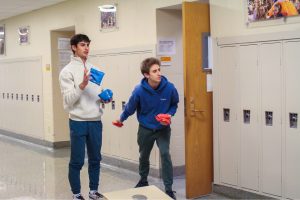
“The expectations for our child were difficult; I would have to be with them the entire time they were learning,” an anonymous parent said.
Aside from losing face-to-face contact with their teachers, students served by SSD were isolated from their peers, in turn, missing out on crucial social skills.
“Cricket requires social interaction, first and foremost, so COVID was really hard,” Clayton special education parent Michelle Abounader said of her daughter, a WMS sixth grader.
Parents advocated for some degree of in-person learning on a small scale to continue to help their children progress.
“We were first to bring back some of the students in our self-contained classes. We knew learning would be hard virtually. So we tried to find the best way to do that within the schedule from the district,” District SSD Director Melissa Logan said.
Transitioning back to in-person instruction was of the utmost importance to help support students’ needs. Major changes can pose difficulty to students who thrive on predictability and routine.
COVID-19 created and exacerbated many difficulties for both typically developing students and those with disabilities. However, the isolation experienced by many students with disabilities is much more profound. According to a 2020 (pre-pandemic) study from the NIH, children with neurodevelopmental disabilities are much more likely to experience loneliness and isolation than their neurotypical peers.
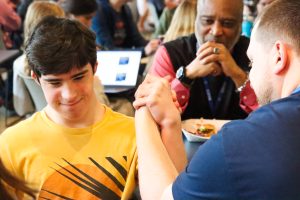
Kids feel isolated from the general school community, particularly students who spend most of their school day in therapies or classes with only other students with IEPs.
“They feel much more a part of the SSD community than the typical student community,” an anonymous parent said.
Parents describe feeling like outsiders at school-wide events such as open houses, where SSD staff may not be present.
“I just walked away feeling like I’m not part of this community. We’re just lost, and all these other people have social connections,” an anonymous parent said.
In response to these issues, Wydown’s special education parents created a Best Buddies club similar to the one at the high school.
“It helps foster the relationships between SSD students and neurotypical students. It’s just a great program,” an anonymous parent said.
However, since the club was parent-run, it lacked the teacher involvement of the successful program at CHS. The CHS program is led, run and managed by SSD staff.
“It was a little bit overwhelming because we were asking, ‘What do we do if someone walks away?’ We don’t have access to their behavior plans,” an anonymous parent said.
A lack of inclusion and social connection continues to be a concern for students with disabilities.
“There’s still stereotypes and stigma surrounding people that have disabilities, especially on campus,” sophomore Mo, who receives special education services, said.
Mo advocated for stronger connections districtwide between students with disabilities to circumvent this issue.
“Most of my better friends are from outside of school where they don’t see my equipment, or it’s not as prevalent,” Mo said.
PAC-ED, the Parent Advisory Council for the Education of Students with Disabilities, is a volunteer organization that helps parents advocate for their children in the complex dual-district partnership. It is also touted as a way for students and families involved with SSD to form connections and combat isolation. Logan, as part of her role as SSD Director, attends all PAC-ED meetings and programs.
“This year, we did playground meetups, and we’ve done charting the life course [a transition planning program],” Logan said.
PAC-ED also hosts an annual inclusion awards ceremony and connects parents and community partners.
However, some parents feel that too much advocacy and community-building work is expected of PAC-ED.
“It’s hard to be an advocate for your child,” an anonymous parent said.
This parent also emphasized the need for communication between parents to share resources, accommodations and ideas within and outside PAC-ED.
Since COVID-19, real connection has never been more important for all students. For those with disabilities, acts of inclusion and acceptance can greatly reduce isolation and foster a community where everyone belongs.
Concerns
Overall, in interviews, town halls and the BOE report, special education parents expressed a desire for SDC to take a more involved role in their children’s education and integrate their children more fully into SDC curriculum, standards and activities.
“By not having a Clayton curriculum, we’re missing basic things that should have been provided. Clayton, we don’t want you to be a passive landlord for SSD,” an anonymous parent said.
Parents also want smoother and clearer communication directly with their children’s teachers.
“It’s time-consuming to stay on top of every class our child is in and to have level of communication,” an anonymous parent said.
In addition, parents lamented the disconnect and lack of communication between the district and SSD staff. This disconnect is demonstrated by the fact that SSD staff are not eligible for the same awards or recognition as district staff.
As a result, “SSD paraprofessionals don’t get to feel like comrades,” Abounader said.
A main concern expressed by parents was the need for more accountability.
“Having two different school districts service the same child creates a situation of incongruency and miscommunication,” Abounader said.
Many parents expressed frustration that the SDC administration did not step in when SSD struggled with Clayton students.
An anonymous parent cited a story when their child’s teacher was on an extended leave, and SSD administration could not find a replacement teacher. The child lost valuable instructional time in the subject as paraprofessionals and administrators taught the class.
SSD itself has experienced great turmoil in the last few years, as former Superintendent Elizabeth Keenan, who was hired in April 2019, stepped down in December 2023 after being placed on administrative leave a month prior. Michael Maclin is the new superintendent of SSD, effective January 1. He served as the acting superintendent during Keenan’s administrative leave.
“There’s confusion as to what exactly SSD is doing onsite,” Abounader said.
This has led parents to advocate for a clearer delineation of responsibilities between Clayton and SSD.
Abounader finds fault with SSD administrators’ unwillingness to place Cricket into general education classes.
“Instead of giving her the chance to prove that she’s able to do things, I have to beg for it,” Abounader said.
Cricket excelled in general education science classes during her sixth-grade year and will be placed in general education social studies for seventh grade.
An anonymous parent also found difficulty obtaining their child’s services in IEP meetings.
“Whenever we ask things of SSD, there’s pushback and reluctant implementation,” the anonymous parent said.
SSD curriculum, especially in secondary schools, focuses more on life skills and transitioning to work than academic skills. Parents expressed a desire for even their older children to focus more on skills such as reading, spelling and basic math. An anonymous parent expressed that a lack of spelling instruction has made it difficult for their child to communicate using technology, which is critically important due to their lack of verbal speech.
“My issue with SSD is they give up on academics and jump straight to life skills. We can expect even greater of our children. They’re delayed. They’re not incapable of learning,” the anonymous parent said.
In addition, many special education parents expressed a desire for greater communication between the districts about responsibilities.
“The Clayton and SSD administrators are pointing fingers at each other, saying, ‘Let me put you in touch with this person at SSD [or Clayton] that you need to talk to.’ And they’re the ones who are responsible,” an anonymous parent said.
While SSD provides services to preschool-aged children in some St. Louis County school districts, the Family Center manages special education for its students. Abounader has worked as a paraprofessional and believes this is the ideal way to run special education.
“My call to action for Clayton is to not mess with SSD. Since there are two different school districts, no one is beholden to the outcome,” Abounader said.
Other parents emphasized that SDC is primarily responsible for their children’s education, even in the current system.
“I expect 100% that Clayton administration is responsible for answering my questions and responsible for their education,” an anonymous parent said.
How it Works
In all public school districts in St. Louis County, children with identified disabilities receive services through the Special School District of St. Louis County (SSD). SSD employees work within district schools as teachers, specialists, paraprofessionals and therapists.
Efforts are made to individualize education for each student to best address their needs. Each student with an IEP is assigned a case manager who changes as they progress from elementary to middle to high school. Students typically retain the same case manager for all four years of high school to ensure a smooth transition to post-secondary life.
“My case manager has been a person to check in with about accommodations if something isn’t working with seating or equipment and using the microphone, ” Mo said.
These accommodations are agreed upon by families, SSD and SDC at annual IEP meetings.
“When we work with families, we look at the family’s goals, the student’s strengths and their needs and determine a plan that would best fit that student,” SSD Instructional Coach Kate Pavlisin said.
These plans can include a wide variety of services, always with the goal of keeping the student in the least restrictive environment. One of those options is co-taught classes.
“We’re pushing to provide those services in a general education setting and to help students be successful with their peers and the general education curriculum. The content area teacher is the content [English, social studies, math, etc.] specialist. The special education role is like the educational specialist,” Jenny Wand, high school special education department head and SSD building representative, said.
Co-taught classes offer increased cohesion and communication between special education and general education staff.
“Some teachers have been pretty good about communicating with case managers, particularly those [who] already work inside of departments and teach or co-teach classes [with special education staff],” Mo said.
They also decrease the student-to-teacher ratio and allow for multiple educational perspectives.
“All students, no matter what, have more individualized time and availability for feedback,” Wand said.
However, this model is not available for all subjects or all students. Co-taught sections are only offered for some College Prep English, Government and general track math classes.
“If we had more staff to offer more co-teaching classes, that would be nice,” Logan said.
Essential skills classes are offered in English, science, math and history. They are self-contained, and all lessons are based on the students’ IEP goals.
Case managers recommend study skills classes based on IEP goals. These classes are separate from the services and classes the Learning Center offers.
“We design study skills classes to be focused on the individual goals that students have outlined in their IEP plans. But they also cover general study strategies,” Wand said.
Special education teachers lead these classes with support from paraprofessionals.
Paraprofessionals support special education teachers and students by promoting students’ physical, emotional and social well-being and independence.
Cricket Abounader has a close relationship with her paraprofessional. Her paraprofessional takes notes, monitors her behavior, ensures she is on time and in the correct classes and helps her settle into the cafeteria at lunchtime.
“Her paraprofessional is the most important thing to Cricket’s success,” Cricket’s Mom, Michelle Abounader, said.
“[If I am having trouble at school], I talk to my para,” Cricket said.
In addition (while not in the same mode as classes in the scheduled eight-period school day), SSD also offers behavioral, psychological, music, occupational, speech and physical therapy along with the services of an adapted PE specialist, social worker and teachers for the hearing and vision impaired.
Mo receives special education services as a result of their disabilities.
They have worked with teachers for the Deaf and hard of hearing (DHH), social workers and study skills teachers.
“I have found the DHH teachers to be the most helpful as the writing assignments and reading have gotten more complicated as I’ve gotten older, and I’ve chosen to pursue honors courses,” Mo said. “I’ve learned how to use my understanding of words and reading and apply that to writing.”
Many therapists and specialists serve students at multiple St. Louis County school districts through SSD employment. Teachers and paraprofessionals typically work at one school.
“We came to Clayton because of the very good reputation for working with kids with special needs, not to mention the excellent academic record with neurotypical children,” an anonymous parent said.
The districts collaborate in hiring and supervising staff. They also work on differentiated instruction, professional development and mentoring.
“The advantage of the partner district system is the ability to provide a wide range of services as needed,” Pavlisin said.
The partnership aims to provide these services in the least restrictive environment for the students they serve, along with transition planning to help students once they finish their education.
“We have a program that allows for our students to continue to be in the community [while] also volunteering, getting job skills and continuing education through age 21,” Pavlisin said.
Mo’s DHH teacher has been helping them transition to college and get familiar with disability resources at colleges and universities.
“I’ve been learning how to explain my hearing loss to people and how that will help in life,” Mo said.
The 2023-2024 partnership agreement between SSD and SDC also included evaluations of various aspects of the interdistrict work based on data from the previous school year. The districts were given strong ratings in professional development, access to county-wide SSD services, transportation, technology and access to career and technical education.
However, the partnership received low ratings in assessments, administrative collaboration and communication, as well as communication with parent advisory councils (PACs).
“There is a bureaucracy and a large system that can make things difficult,” Pavlisin said.
Moving Forward
“There is a need for transparency. A lot happens behind the scenes that families don’t know we’ve taken care of,” Pavlisin said.
Pavlisin, Logan, Wand and other SSD administrators have worked to respond to parents’ desires for increased communication. This has also required closer interaction between SSD and Clayton administrators.
“Our voices are there in meetings to hear about what’s happening and make sure we’re communicating with our families,” Logan said.
This communication is also aimed at integrating students with IEPs into school-wide events.
“We do a lot of following up and letting families know for school activities, what supports would be available for their students,” Pavlisin said.
Parents have recognized these strengthened efforts to engage them in their children’s education.
“I receive notifications for conferences and announcements regarding upcoming events. I’m pleased with the progress and support,” Toni Thomas, high school special education parent, said.
“I have always felt completely a part of the Clayton community. I don’t think that’s true in all partner districts,” Pavlisin said.
Despite working for SSD within Clayton schools, many teachers show dedication and teamwork with their Clayton counterparts.
“We were so impressed with what our child got in elementary school. We saw them grow socially and intellectually there,” an anonymous parent said.
Echoing this sentiment of educational fulfillment, Thomas shared a similar appreciation for the individualized attention their child received at the school.
“Each teacher has taken the time to get to know my son and meet him where he’s at,” Thomas said.
Wand has worked to achieve this collaboration at CHS.
“Having a leader in the building with all of the teachers and paraprofessionals helps build that community support,” Wand said.
Abounader also praised Clayton staff’s efforts to integrate Cricket into general education classes.
“Her science teacher, Mrs. Kee, said, ‘No problem; bring her on in.’ Cricket’s learned so much about plate tectonics [and] everything in the sixth-grade curriculum,” Abounader said.
Other parents expressed gratitude for the dedication of SSD and Clayton’s teaching staff.
“We’re so impressed with the teachers and how they’ve stepped up and filled the gaps where [the] administration has faltered,” an anonymous parent said.
Yet Abounader, along with many other parents, remained cautious.
“If the district really cares about each child as if they are the same as all the rest, then how can we help them succeed?” Abounader said.
Despite the challenges of raising a child with disabilities and the struggles with SSD and Clayton, Abounader and other parents remain grateful for the teachers, paraprofessionals and therapists who have helped raise their kids.
“I don’t feel the slightest bit that it’s tipping in any direction but improvement,” Abounader said.






